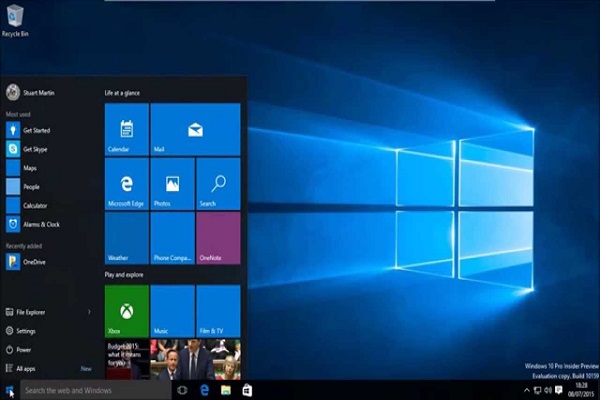Over time, even the most well-maintained computers can start to slow down or develop issues. If you've noticed your Windows 10 machine isn't running as smoothly as it used to, there are a number of potential causes - and thankfully, many potential solutions. In this article, we'll let you know some of the most common problems and how to get them fixed.
Windows 10 Repair and Restore: What You Need to Know
Microsoft released a new tool this week that can help Windows 10 users repair and restore their operating system. The Windows 10 Repair and Restore tool is designed to help fix problems with the operating system that may be causing it to not work properly.
The tool can be accessed by going to the Control Panel and then selecting the "Repair and Restore" option. Once you select this option, you will be given a list of options to choose from.
If you are having problems with your computer, it is recommended that you first try the "Repair and Restore" option before you attempt to reinstall Windows 10. This option will attempt to fix any problems that are causing your computer to not work correctly.
If the "Repair and Restore" option does not fix your problem, you can then try the "Reset this PC" option. This option will reinstall Windows 10 on your computer and will give you the opportunity to start fresh with a new installation.
It is important to note that when you use the "Reset this PC" option, all of your files, settings, and programs will be deleted from your computer. If you have any important files on your computer, it is recommended that you backup these
How to Repair Windows 10
Windows 10 is a complex operating system that can sometimes have issues. If you are having problems with Windows 10, there are a few things you can do to try and fix the issue.
First, you can try restarting your computer. This will often fix minor issues with the operating system.
If restarting your computer does not fix the problem, you can try resetting Windows 10. This will reinstall the operating system and all of your files, but it will not delete any of your personal files.
If resetting Windows 10 does not fix the problem, you can try using the System Restore feature. This will restore your computer to a previous state where it was working correctly.
If none of these methods work, you can contact Microsoft for support. Microsoft has a team of experts that can help you troubleshoot your problem.
How to Restore Windows 10
If your computer is running slow or you’re seeing error messages, you may need to restore Windows 10. This will reinstall the operating system and delete all of your files, so be sure to back up your data before you begin.
To restore Windows 10, open the Settings app and go to Update & Security> Recovery. Under “Reset this PC,” click Get Started.
You’ll be given two options: Keep my files or remove everything. If you choose to keep your files, they will be backed up and then restored after the reset is complete. If you choose to remove everything, all of your data will be erased.
Once you’ve made your choice, click Next and then follow the prompts to complete the process. Depending on your settings, this could take a while, so be patient.
When it’s finished, your computer will restart and you’ll be back to a fresh installation of Windows 10.
Alternatives to Repairing and Restoring Windows 10
There are a number of ways to repair and restore Windows 10. You can use the built-in tools, you can use third-party software, or you can try some of the alternative methods. Additionally you can contact a computer repairs professional to get help.
The built-in tools are the most obvious choice, and they will usually be the first thing that you try. However, they might not always be the best option.
Third-party software is a good option if you want more control over the process. There are a number of different programs available, and you can choose the one that best suits your needs.
The alternative methods are often the most effective, but they can also be the most difficult to understand. If you're not sure what to do, it's always best to ask for help from someone who knows what they're doing.
Conclusion
There you have it — a comprehensive guide on how to repair and restore Windows 10. While it may seem like a lot of work, following these steps should help get your system back up and running in no time. And if you ever run into any problems, don't hesitate to reach out to Microsoft support for assistance.

No comments:
Post a Comment